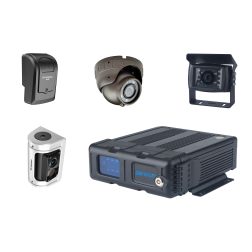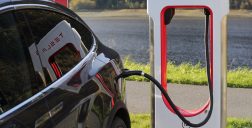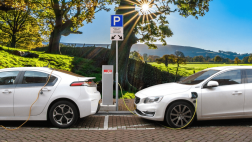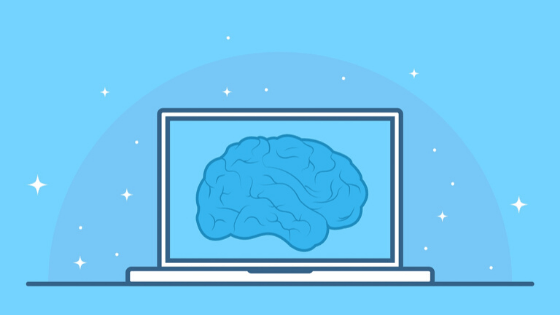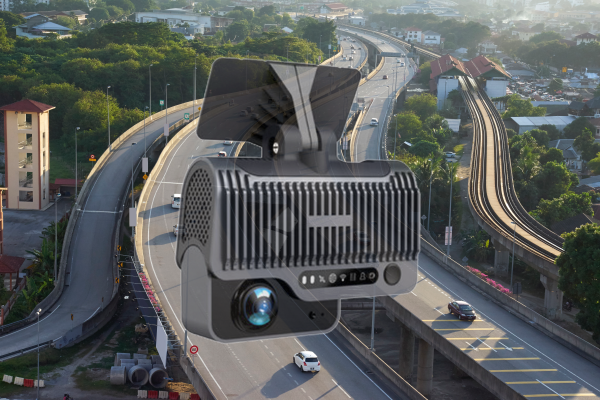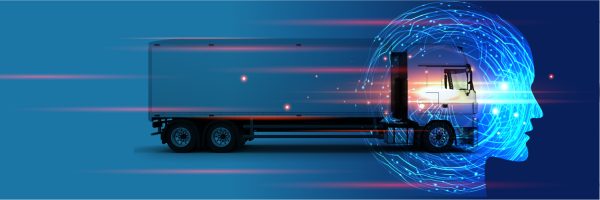Beginning of a New Era: Safe Driving Tools – Built with AI in Mind
January 7, 2021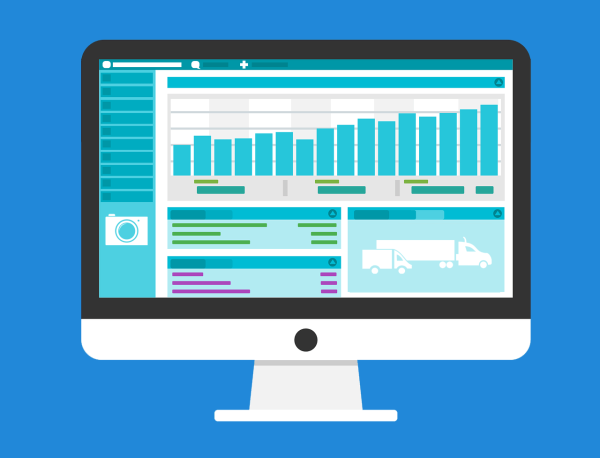
The future of safe driving and driver protection is artificial intelligence (AI). AI opens up a wide range of new opportunities for telematics solution providers to enhance and perfect their solution package to deliver the ultimate safety net while protecting drivers from road hazards. Through simulating human intelligence in computers and machines, AI has the incredible power of dealing with complex data analysis, image processing and motion detection at instantaneous speed and high precision. Thanks to the addition of AI, telematics devices can now capture and detect signs of imminent dangers seconds before human drivers notice the threat – allowing drivers to have a few seconds to respond and react to danger.
Rapid detection technology is what truly makes AI unique and beneficial in supporting safe driving. Rapid detection uses in-vehicle AI and multi-sensor fusion to perform real-time risk assessments of exterior hazards and vehicle movement. The AI then applies the most advanced computational model and machine learning algorithms to quickly analyze the objects to determine whether the exterior hazards constitute an imminent risk to the driver’s safety. However, the whole process cannot be accomplished without one of the most important ingredients, a smart camera device or a group of cameras set up that helps capture the outside world.
We believe that the camera should do much more than what people traditionally think it can do. In the modern world, it’s no longer a device that can only do basic video recording – it’s an integral part of a safe driving solution. The multi-camera solution is the new standard for fleet safety management, as it provides enhanced safety tracking and tracing in every dimension.
We will first focus on the in-vehicle setting, where many fleet managers raised the concerns of an increasing level of aggressive driving behaviours among the drivers.
Change Driver Behaviour: A New Standard in Road Safety
We dive deep into the issues and find out two important factors that often contribute to dangerous driving behaviours. Distracted driving and driver fatigue can have serious consequences on road safety, causing life-altering accidents. Our cameras were designed to serve the purposes of eliminating the occurrence of these behaviours and drive the behavioural changes among the fleet drivers. The in-cab camera adopts two of the cutting-edge technologies – the eye-tracking and AI facial recognition technology. The eye-tracking powered by AI behind the stage can detect where drivers are looking at or focusing on during driving. When the system detects the driver has taken their eyes away from the road for a period of 3 seconds or more, an audible alarm will be triggered and continue to sound until drivers turn their attention back to driving. We also want to give fleet managers a clear view and improve transparency to the fleet operation; thus, if a distraction behaviour has been recorded, the fleet managers will also get notified about the event.
Through our tireless research and study, we found out that the smartphone has become the number one distraction source that affects drivers’ performance. Our AI algorithms have been tailored and specifically trained to identify smartphone distraction and issue audible warnings to alert drivers. By integrating the power of AI and machine learning, we are helping businesses get one step closer to zero-incident operations.
Driver fatigue is another leading cause of death on the roads. Relying on advanced machine learning algorithms and facial recognition technology, our camera solutions can detect drivers’ tiredness and send out audible alerts to warn drivers. To achieve this, our algorithms focus on detecting three prominent signs of tiredness. When the driver’s eyes blink too slow, the driver starts to lower the head and the driver’s eyes are off the roads too long, the system will classify these signs as driver fatigue. Similarly, fleet managers will also receive a notification if a driver fatigue event has been recorded on file. Drivers should immediately pull over to a safe area as soon as they feel the first signs of fatigue.
The Next Wave in Safe Driving Tech: Collision Avoidance System
Now, let’s turn our attention to how cameras can capture dangers from the outside world. We all know that humans drive using their vision, but sometimes humans can be tired, making mistakes, or distracted by other factors. What if we let something that never gets tired, rarely make mistakes to own the same vision as humans do. This is what AI-powered cameras and collision avoidance technology can do. We all know the human’s concentration during driving can decrease over time because of fatigue and tiredness. But our products made up a solution that always concentrates on the road ahead, no matter if your drive is 2 hours, 4 hours or 8 hours. To do this, we trained our camera by applying advanced algorithms so the computer behind the camera gains vision and can react to any situation instantly. The system is smart enough to distinguish between drivers getting too close to the vehicle ahead or just being stuck in heavy traffic, which greatly reduces the chance of sending out false alerts.
We trained our cameras and the core algorithms behind the stage with millions of miles worth of real-world road video footage. This enables our system to understand all types of road components, such as traffic lights, pedestrians or vehicles, and know the exact difference between them. Thus, when the camera actively scans for traffic ahead, the computer is able to continuously map out the whole surrounding road environment and identify the risks that may hinder vehicles’ safe operations.
The future of AI-powered cameras is even more exciting. With the new powerful computer chip and more advanced algorithms, cameras can capture, identify and process much more information than what we can even imagine. It can measure road traffic, vehicle stopping time, weather conditions, road rules violations and automatically transmit and report the data to the fleet cloud database, granting fleet managers detailed insights into the operations. By collaborating with public agencies and sharing these operational data, businesses can help the municipalities build a smart city network driven by data, which lays the foundation for powering the city of tomorrow. Speak with one of our industry-specific specialists to see how we can integrate the power of AI to maximize your fleets’ true potential.


